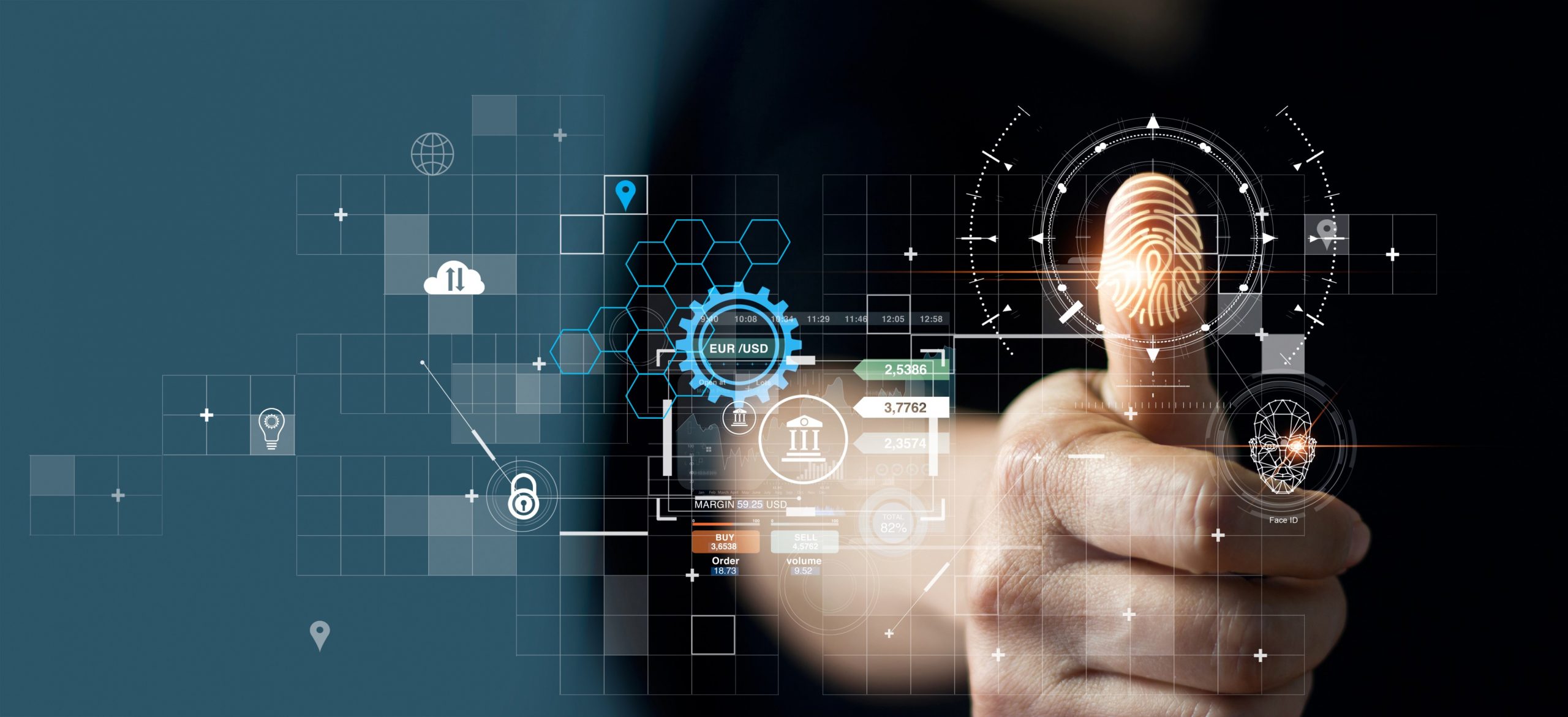Subscribe
Subscribe to EduBridge Blogs
The pandemic came unannounced; which led to the drastic transition of businesses and institutions going online. End users were happy at first. Everything was happening at a tap of their devices, and they witnessed the kind of transparency that they never had before! Eventually, things spiraled out of control, and reality came to the fore. The cyber cell was flooded with FIRs comprising of an array of cybercrime ranging from online thefts to molestation, and more! Individuals have simply lost their livelihood on the basis of opening that single email that cost them their career, and their livelihood has come crumbling down like a pack of cards.
SECURITY – A necessity
Why is cybersecurity a growing necessity? With the world going online, it has become that much easier for hackers to apply their innovative designs and it has become quintessential for IT professionals to come up with more efficient layers of security. In a world where a single virus has managed to cause mayhem, researchers cannot overlook the possibility of a looming cyberwar, that could bring the entire nation to a standstill.
What is cybersecurity?
Coming back to the basics, we must have read about the same on a number of websites, but still, let’s try to break it down as effectively as possible. Cyber-security is about protecting everything in the digital or the virtual space. This includes systems, networks, programs and data files (even in the cloud) so that data isn’t compromised, to the point of negatively impacting lives and interrupting processes.
If we delve deeper into the nuances of cyber security, we will learn that securing your virtual space firmly will involve an intelligible shield and multi-layers of protection that is intended at keeping data, computing systems, devices, and networks safe from digital attacks. Maintaining cybersecurity involves simultaneous comprehension and automated integration across three crucial factors including technology, people, processes to create and maintain an effective defense system and keep from any digital attacks. The integrated automation will enable ease into the process of detection, investigation, and remediation in case there is an attack.

Necessary frameworks need to be maintained concerning people, processes, and technology.
People – People should incorporate the use of strong passwords that comprise an intelligent permutation combination of numerics, alphanumerics, and special characters. Students and elderly users should be advised against opening links on unknown emails. Run a thorough security scan while using a third party hardware device.
Processes – Organisations must devise a powerful framework devised to combat both attempted and successful cyber-attacks. This will enable a way to backtrack the source of the attack, and nip the problem in the bud.
Technology – Organisations must employ updated technology and tools that can resist, and combat any cyberattacks. Security systems should deliver end-to-end solutions on protection, which would involve protecting devices, networks, and data that is present on the cloud. Common technology used to protect the entire digital framework includes next-generation firewalls, DNS filtering, malware protection, antivirus software, and email security solutions.

Types of Cybersecurity threats
There are various types of cyber threats looming the market.
Phishing – This is the most common form of attack. The younger school-goers usually fall prey to these attacks. Even the senior generation must be advised against opening links from unidentified sources.
Ransomware – As the name suggests it really has got something to do with finances. This virus is typically used by embezzlers to rob you of your money. The virus is intelligibly designed to block files and access to other data on your device till the money has not been paid. Unfortunately, the hacker cannot be traced if this virus is used.
Malware – We’ve often heard of this term haven’t we? The virus is used to gain unauthorized access in lieu of trapping sensitive data, and later damage the device to the point of being unable to retrieve any data files.
Social engineering – Hackers use this to find their sweet spot in your weak spot. This tactic is often employed by hackers during times of adversaries, and they can use a combination of the above viruses to extract the demanded amount of sensitive data from your device.

Career in Cybersecurity
With enterprises transitioning into the tech space, there are ample job opportunities available in the Cybersecurity segment. In spite of it being a niche segment, your growth and credibility will positively accelerate in no time at all! The career path is just as expansive, and learners or professionals can choose to become anything from Ethical Hacker, Network and Security Specialist, IT Security and Consultant, Cyber Security Analyst, Cyber Forensic Investigator, Penetration Tester, Risk analyst, and more!
Salary
The offerings of a cybersecurity expert are indeed very lucrative. The National average salary of a cybersecurity expert amounts to a sum of ₹500000/- (per annum). The pay scale varies anything between ₹300000/- to 1100000/- (per annum). This amount is likely to scale on the basis of experience and may vary from enterprise to enterprise.
Recent Blogs
Related Blogs
Accelerate Your Career with Expert Guidance and Guaranteed Job*!
"*" indicates required fields




